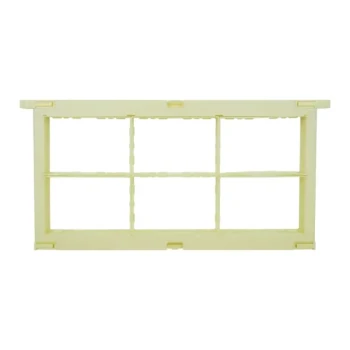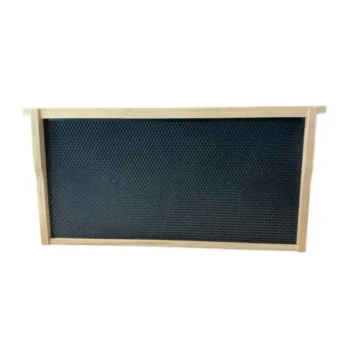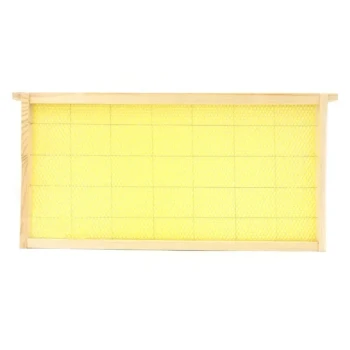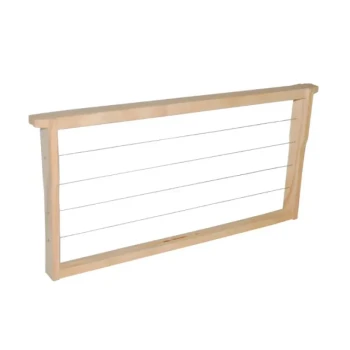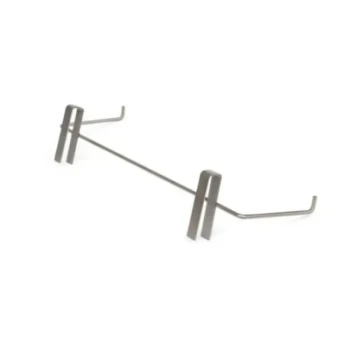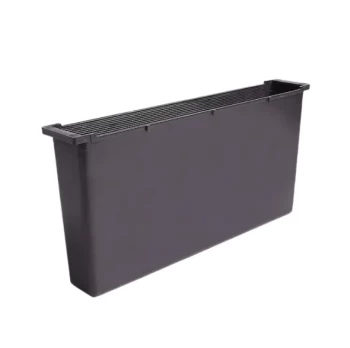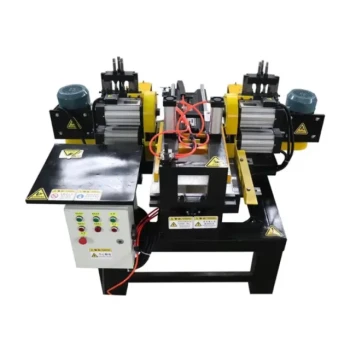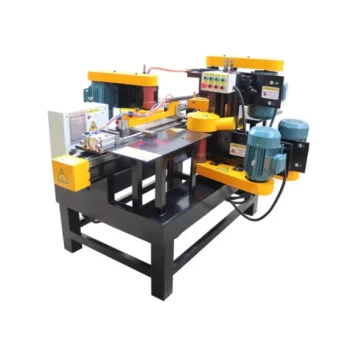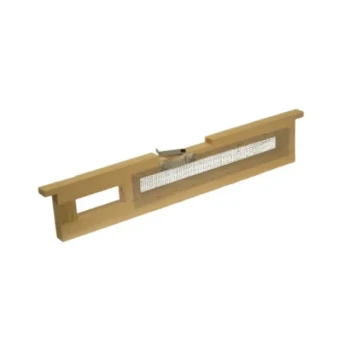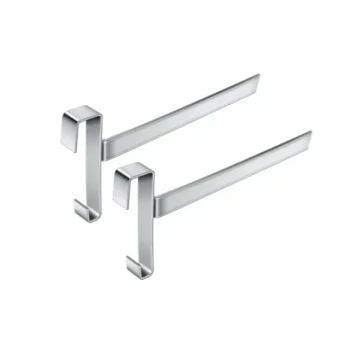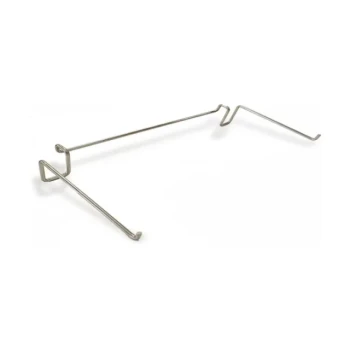On average, a single full honey frame can yield anywhere from 3 to 8 pounds (1.4 to 3.6 kg) of honey. The exact amount depends almost entirely on the size of the frame you are using—typically categorized as Deep, Medium, or Shallow—as each holds a different volume.
The most reliable way to estimate your honey harvest is to move beyond a single "average" number. Instead, identify your specific frame size and then consider key variables like colony health and local nectar flow, which can cause yields to fluctuate season by season.
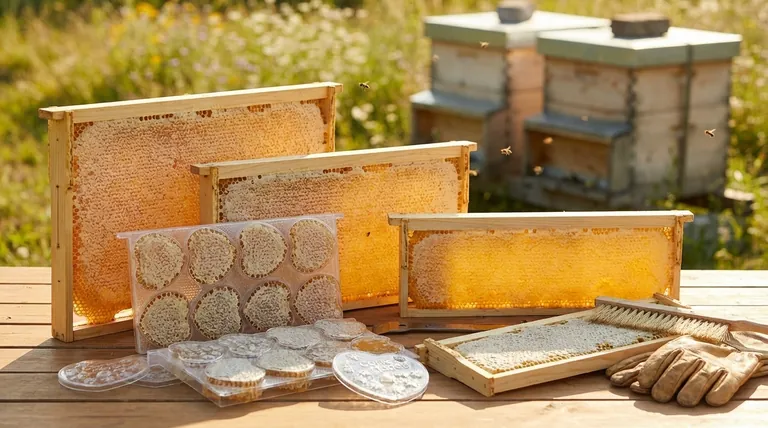
Frame Size: The Primary Factor in Yield
Before you can estimate a harvest, you must know what equipment you are using. Beekeeping frames come in standard sizes, and each has a different potential yield.
Deep Frames (9 1/8 inches)
Deep frames are the largest standard size and therefore hold the most honey. They are most commonly used in the brood box where the queen lays her eggs, but some beekeepers use them for honey supers as well.
A single, fully-capped deep frame can hold approximately 6 to 8 pounds (about 3-4 kg) of honey.
Medium Frames (6 1/4 inches)
Medium frames are the most popular choice for honey supers. They are significantly lighter and easier to handle than deeps when full, making them a practical favorite among beekeepers.
A full medium frame will typically yield 3.5 to 5 pounds (about 1.6-2.3 kg) of honey.
Shallow Frames (5 3/8 inches)
Shallow frames are the lightest option and are often preferred by beekeepers who produce comb honey or who want the easiest possible weight to lift.
You can expect to harvest roughly 2.5 to 3.5 pounds (about 1.1-1.6 kg) of honey from a single shallow frame.
Beyond the Frame: Critical Factors That Influence Harvest
The size of your frame sets the potential, but external conditions determine the reality of your honey yield. Two hives with identical equipment can produce vastly different amounts of honey.
Colony Strength and Health
A large, populous, and healthy colony has a massive workforce of forager bees. This allows them to bring in far more nectar during a nectar flow than a small or struggling colony.
Nectar Flow and Forage
This is the single most important environmental factor. A successful harvest depends on having abundant, nectar-rich flowers available to your bees during good weather. A drought, a cold spring, or a lack of local forage can severely limit honey production.
Degree of "Capping"
Bees fill cells with nectar and then dehydrate it to the proper moisture content (below 18.6%) before capping it with a thin layer of wax. Only fully capped honey is ready for harvest. A frame that is only 75% capped will naturally yield less honey than one that is 100% capped.
Understanding the Trade-offs
Simply calculating the maximum potential yield is not the end of the story. A responsible beekeeper must balance their desire for honey with the needs of the colony.
Gross Yield vs. Net Harvest
The numbers above represent the gross amount of honey in a frame. The net harvest is what you can responsibly take. You must always leave enough honey for the bees to survive the winter and the early spring. This amount varies significantly based on your local climate.
Weight vs. Yield
While deep frames offer the highest yield, a full 10-frame deep super can weigh over 80 pounds, making it very difficult to lift. Medium supers, weighing closer to 50 pounds, represent a popular compromise between manageable weight and a substantial harvest.
Making the Right Choice for Your Goal
Your equipment choices and expectations should align with your beekeeping goals.
- If your primary focus is maximizing yield: Using deep frames for honey supers will give you the most honey per frame, but be prepared for extremely heavy lifting.
- If your primary focus is balanced, manageable harvesting: Medium frames offer the best all-around solution, providing a good harvest at a weight that is manageable for most people.
- If your primary focus is producing comb honey or minimizing weight: Shallow frames are the ideal choice, as their smaller size is perfect for creating cut-comb honey sections.
By understanding these core factors, you can move from simply asking how much honey is in a frame to accurately forecasting your hive's unique potential.
Summary Table:
| Frame Size | Typical Honey Yield (lbs) | Typical Honey Yield (kg) |
|---|---|---|
| Deep (9 1/8") | 6 - 8 lbs | ~3 - 4 kg |
| Medium (6 1/4") | 3.5 - 5 lbs | ~1.6 - 2.3 kg |
| Shallow (5 3/8") | 2.5 - 3.5 lbs | ~1.1 - 1.6 kg |
Ready to equip your apiary for maximum efficiency and yield?
As a commercial beekeeper or equipment distributor, your success depends on reliable, high-quality supplies. HONESTBEE understands the critical balance between frame size, colony health, and harvest weight. We supply the durable beekeeping frames and equipment you need to build a productive and manageable operation.
Partner with HONESTBEE for your wholesale needs and benefit from:
- Expert-Recommended Equipment: Choose from our full range of deep, medium, and shallow frames to match your specific harvesting goals.
- Bulk Pricing for Commercial Scale: Get competitive wholesale pricing designed for the volume requirements of commercial apiaries and distributors.
- Durability You Can Trust: Our equipment is built to withstand the rigors of professional beekeeping season after season.
Let's discuss how we can support your business growth. Contact our wholesale team today for a quote and to explore our full product catalog.
Visual Guide
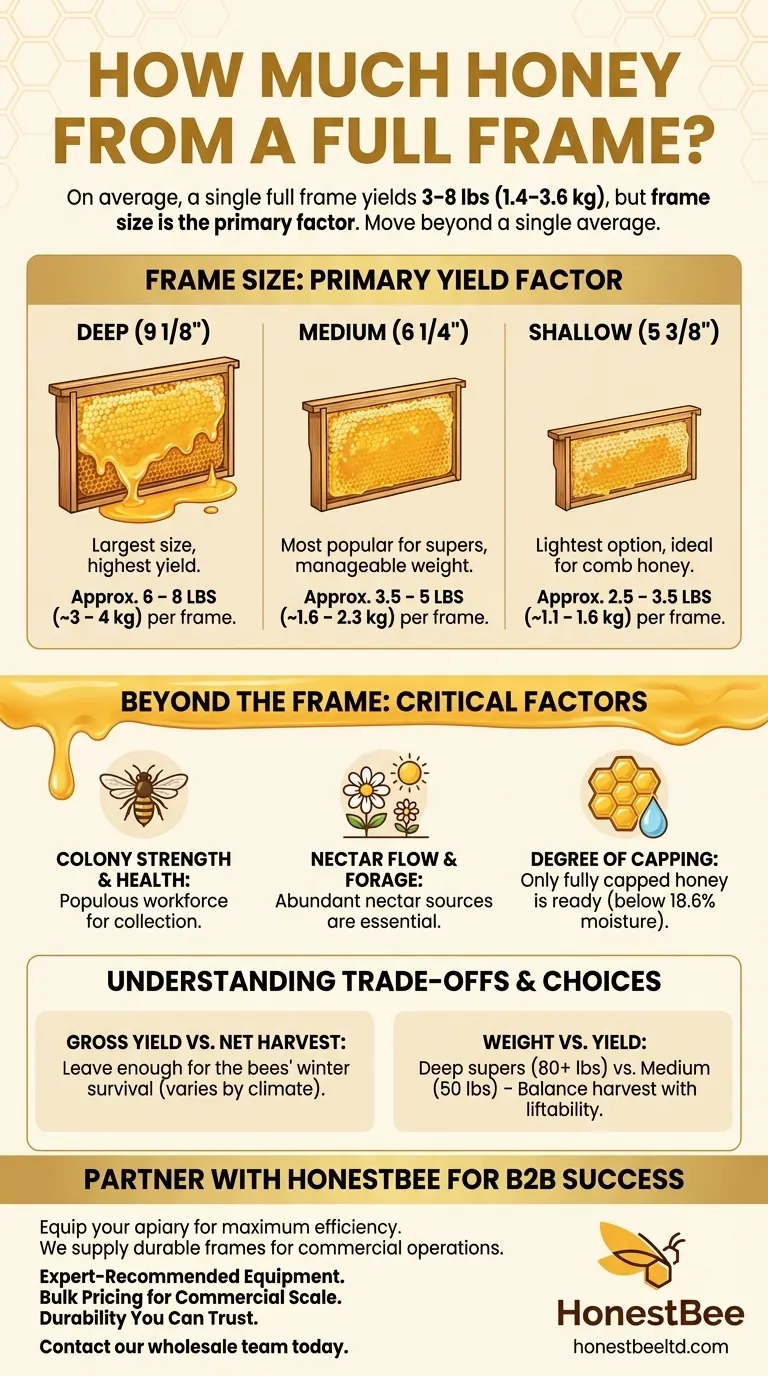
Related Products
- Heart-Shaped Comb Honey Frame and Honeycomb Cassette
- Plastic Honey Comb Frames Cassette Box for Honey
- Plastic Bee Frame Beekeeping Hive Frames for Wholesale
- Professional 500g Sectional Comb Honey Frame System for Beekeeping
- Assembled Wooden Bee Frames with Plastic Foundation for Durability and Convenience by HONESTBEE
People Also Ask
- How much honey can one medium frame yield? Unlock the Secrets to Maximizing Your Harvest
- What is the bee hive shape called? The Hexagon's Role in Nature's Perfect Storage System
- How long does it take for bees to clean frames? 1-3 Days for Efficient Honey Frame Prep
- What frame to use for honeycomb? Choose the Right System for Pure, Edible Comb
- What is a benefit of storing honey-laden frames? A Strategic Food Source for Spring Colony Survival



